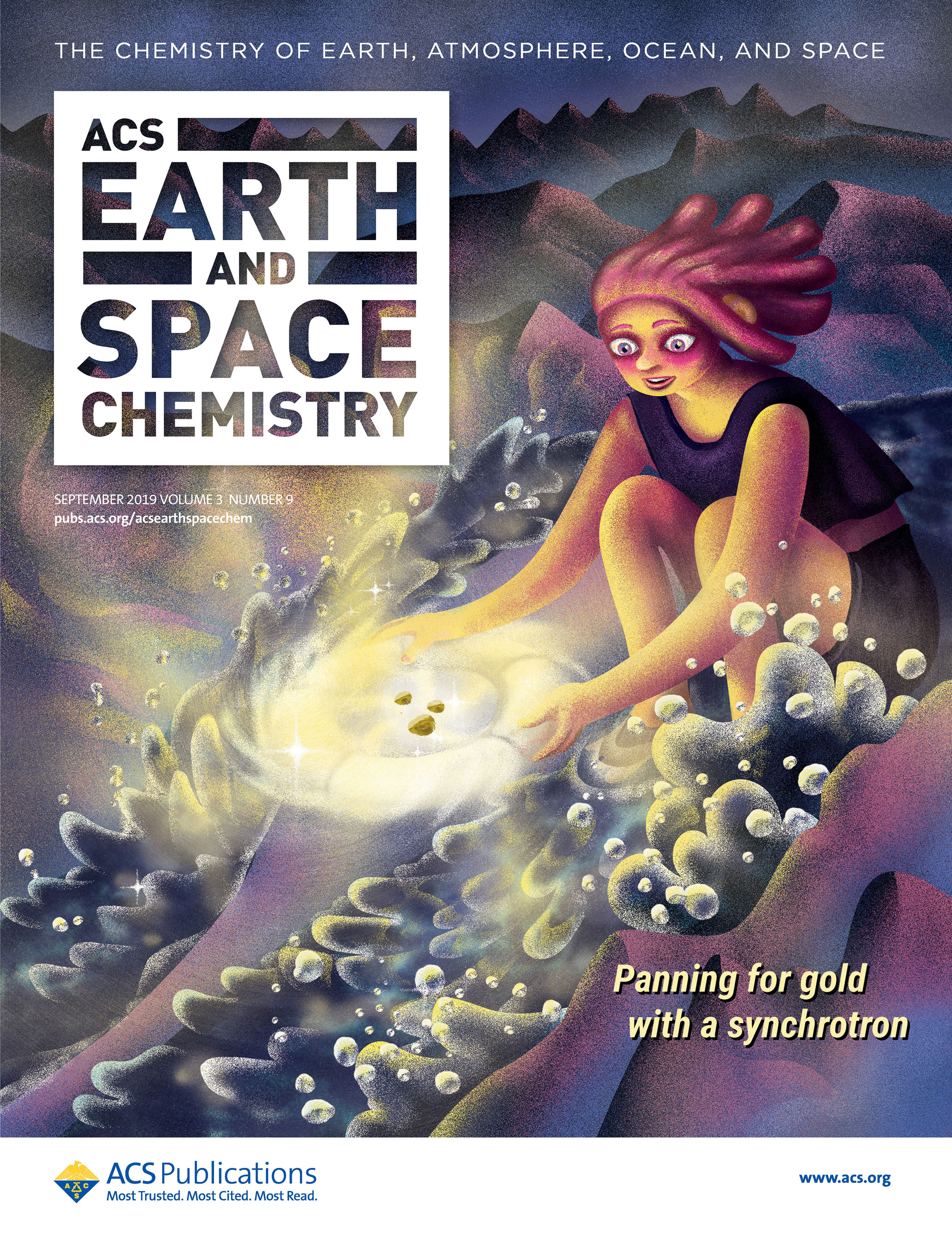Artworks
 |
 |
 |
Image 1
Blue mussel, a widely distributed filter-feeder mollusk often used as a sentinel organism for marine pollutants, copes with metal toxicity by overexpressing metallothionein, represented as wicked enchantments on the frontispiece. Two mercury-thiolate complexes were identified in metallothionein in response to in vivo Hg exposure using high energy-resolution XANES spectroscopy. One is mononuclear and modeled as a bis-six-membered ring chelate through two axial sulfur atoms and two equatorial peptide oxygens from a CXXC motif. The other complex is polynuclear with a metacinnabar-type (α-HgS) core bound to the CXC motifs. We propose that the CXXC motif, only present in the α-domain, acts as a nucleation center for the Hg clusters via metallophilic Hg-Hg interactions. Results from this research provide a molecular understanding for the higher mercury affinity of the a than the ß domain, and provide a foundation for understanding how metallothionein mediates the detoxification of toxic metals in the cell under in vivo conditions.For more details, see the Full Paper here
Image credit: Alice Simionovici
Image 2
Dithiolate mercury complex and nanoparticulate metacinnabar bound to dissolved organic matter (DOM) are a source of mercury to fish, and the mercury is transformed to new species in response to biological processes. The new species could potentially be used to trace an inorganic Hg source in living organisms.For more details, see the Full Paper here
Image credit: Alice Simionovici
Image 3
The chemical form of natural "invisible" gold in refractory sulfide ores has been revealed with a new, one-of-a-kind, high-luminosity X-ray spectrometer developed at the European Synchrotron Radiation Facility (ESRF).For more details, see the Full Paper here
Image credit: Alice Simionovici